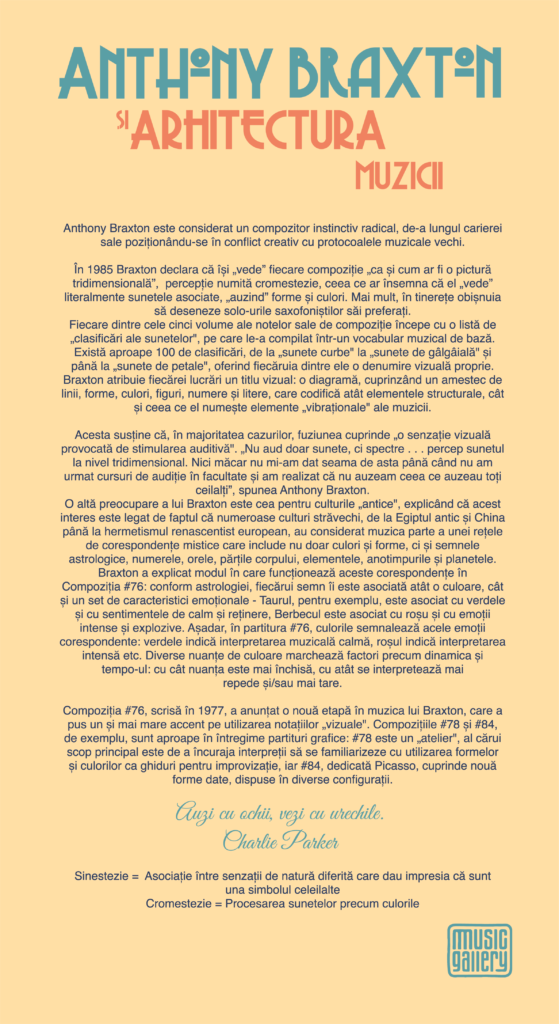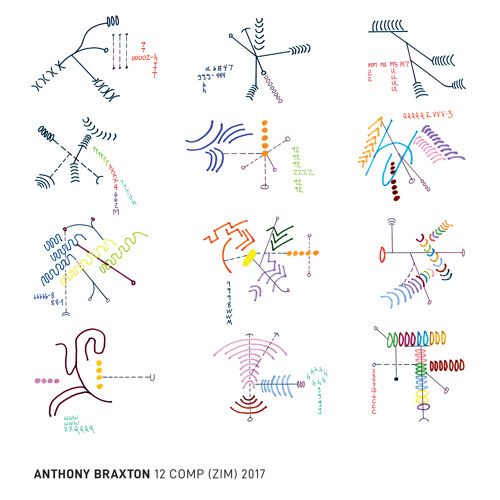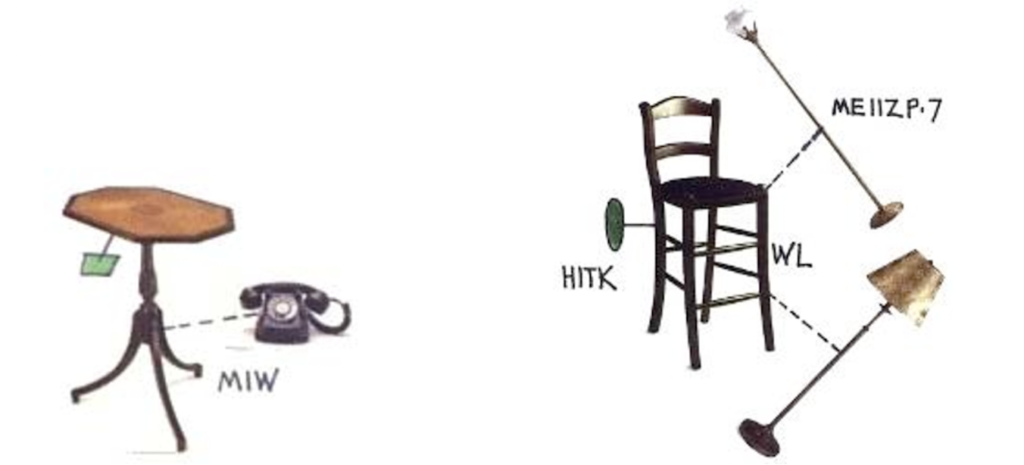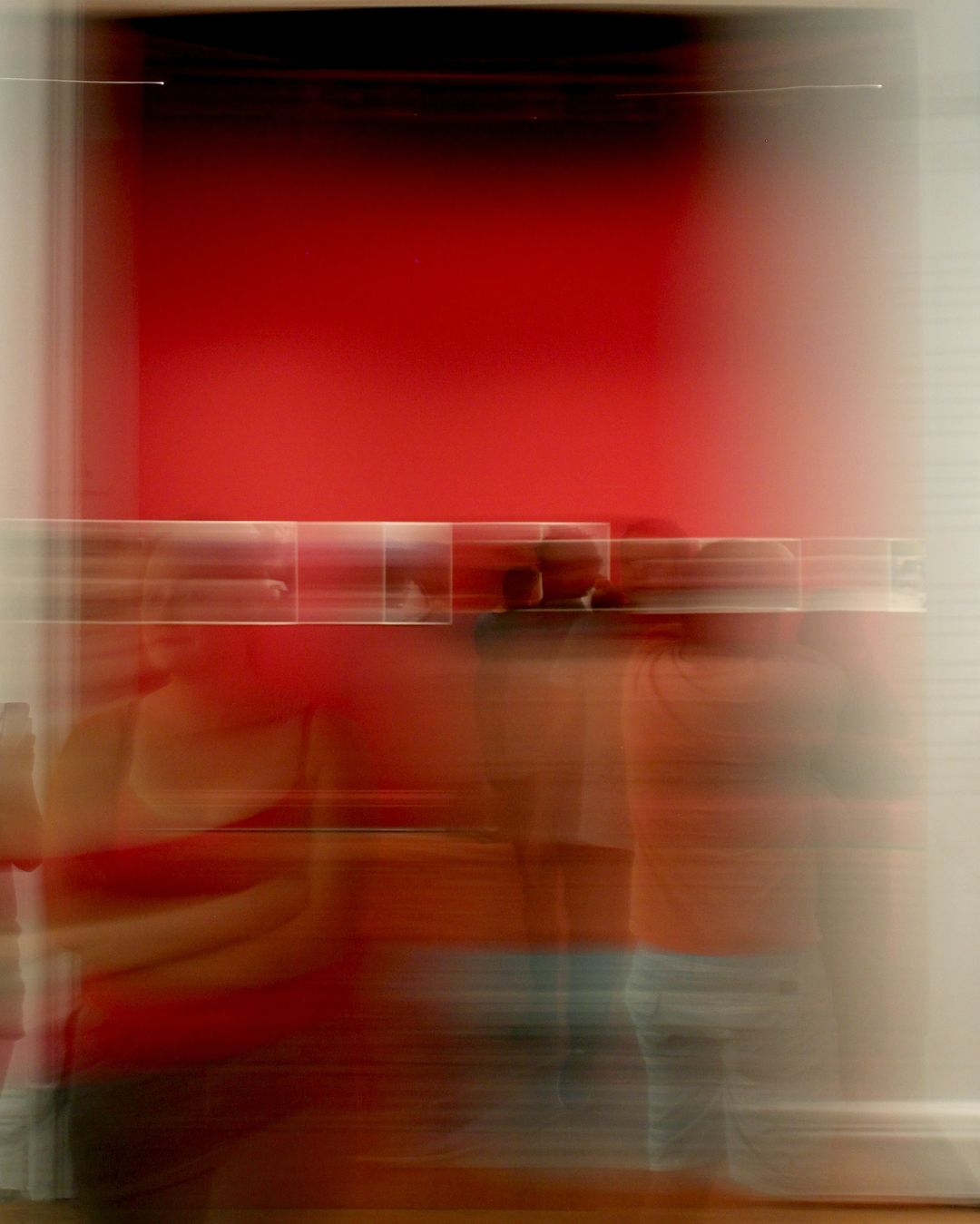BRAXTON

(P53) ANTHONY BRAXTON AND THE ARCHITECTURE OF MUSIC
Anthony Braxton is considered a radical instinctual composer who, throughout his career, has positioned himself in creative conflict with old musical protocols. In 1985, Braxton declared that he „sees” each composition „as if it were a three-dimensional painting,” a perception called chromesthesia, which means that he literally „sees” associated sounds, „hearing” shapes and colors. Moreover, in his youth, he used to draw the solos of his favorite saxophonists.
Anthony Braxton is considered a radical instinctual composer who, throughout his career, has positioned himself in creative conflict with old musical protocols. In 1985, Braxton declared that he „sees” each composition „as if it were a three-dimensional painting,” a perception called chromesthesia, which means that he literally „sees” associated sounds, „hearing” shapes and colors. Moreover, in his youth, he used to draw the solos of his favorite saxophonists.

Each of the five volumes of his composition notes begins with a list of „sound classifications,” which he compiled into a basic musical vocabulary. There are almost 100 classifications, from „curved sounds” to „gurgling sounds” and „petal sounds,” each with its own visual name. Braxton attributes a visual title to each work: a diagram consisting of a mixture of lines, shapes, colors, figures, numbers, and letters that encode both the structural elements and what he calls the „vibrational” elements of music.



He maintains that, in most cases, fusion involves „a visual sensation caused by auditory stimulation.” „I don’t just hear sounds, but spectra… I perceive sound in three dimensions. I didn’t even realize this until I took listening courses in college and realized that I wasn’t hearing what everyone else was hearing,” said Anthony Braxton.
Another concern of Braxton’s is for „ancient” cultures, explaining that this interest is related to the fact that numerous ancient cultures, from ancient Egypt and China to European Renaissance hermetism, considered music part of a network of mystical correspondences that includes not only colors and shapes but also astrological signs, numbers, hours, body parts, elements, seasons, and planets.
Braxton explained how these correspondences work in Composition #76: according to astrology, each sign is associated with both a color and a set of emotional characteristics – for example, Taurus is associated with green and feelings of calm and restraint, while Aries is associated with red and intense and explosive emotions. Therefore, in the score of #76, colors signal those corresponding emotions: green indicates calm musical interpretation, red indicates intense interpretation, etc. Various shades of color mark factors such as dynamics and tempo: the darker the shade, the faster and/or louder it is interpreted.

Composition #76, written in 1977, announced a new phase in Braxton’s music, which placed even greater emphasis on the use of „visual” notations. Compositions #78 and #84, for example, are almost entirely graphic scores: #78 is a „workshop” whose main purpose is to encourage performers to become familiar with the use of shapes and colors as guides for improvisation, while #84, dedicated to Picasso, includes nine given forms arranged in various configurations.

Synesthesia = Association between sensations of different nature that give the impression that they are symbolically related to each other.
Chromesthesia = Processing sounds like colors.
Hear with your eyes. See with your ears. – Charlie Parker
Images source: semanticscholar.org



